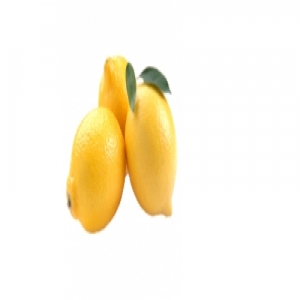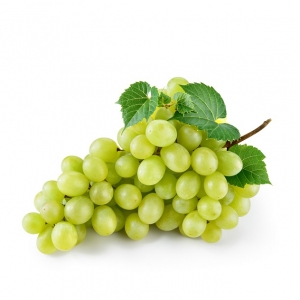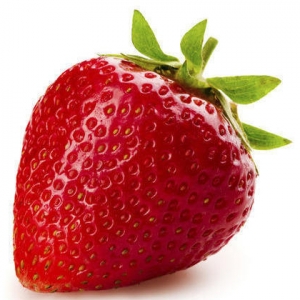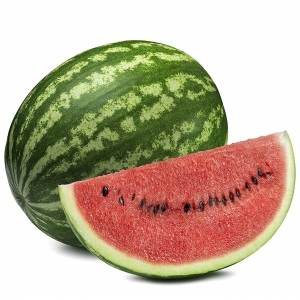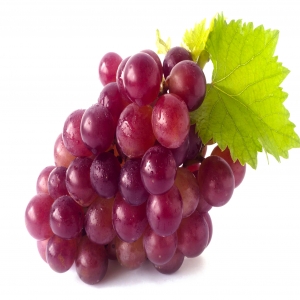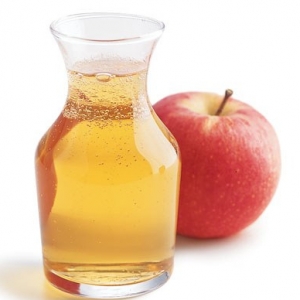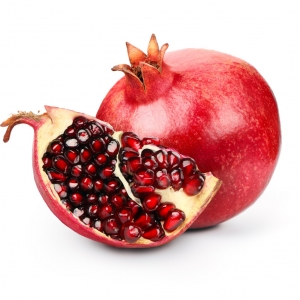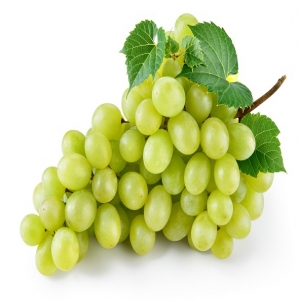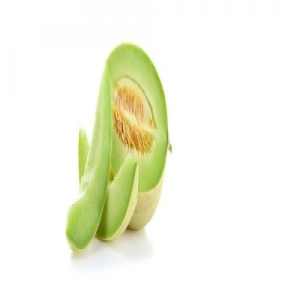If you have an account with us, please log in.
The European cantaloupe, C. melo var. cantalupensis, is lightly ribbed with a sweet and flavorful flesh and a gray-green skin that looks quite different from that of the North American cantaloupe.
The North American cantaloupe, C. melo var. reticulatus, common in the United States, Mexico, and some parts of Canada, is a different variety of C. melo, a muskmelon with a reticulated ("net-like") peel.It is a round melon with firm, orange, moderately sweet flesh.
In 2016, global production of melons, including cantaloupes, totaled 31.2 million tons, with China accounting for 51% of the world total (15.9 million tons).[8] Other significant countries growing cantaloupe were Turkey, Iran, Egypt, and India producing 1 to 1.9 million tons, respectively.
The name cantaloupe was derived in the 18th century via French cantaloup from Italian Cantalupo, which was formerly a papal county seat near Rome, after the fruit was introduced there from Armenia.It was first mentioned in English literature in 1739.The cantaloupe most likely originated in a region from South Asia to Africa.It was later introduced to Europe and, around 1890, became a commercial crop in the United States.
Melon derived from use in Old French as meloun during the 13th century, and from Medieval Latin melonem, a kind of pumpkin.It was among the first plants to be domesticated and cultivated.
The South African English name spanspek is said to be derived from Afrikaans Spaanse spek ('Spanish bacon'); supposedly, Sir Harry Smith, a 19th-century governor of Cape Colony, ate bacon and eggs for breakfast, while his Spanish-born wife Juana María de los Dolores de León Smith preferred canteloupe, so South Africans nicknamed the eponymous fruit Spanish bacon.However, the name appears to predate the Smiths and date to 18th-century Dutch Suriname: J. van Donselaar wrote in 1770, "Spaansch-spek is the name for the form that grows in Suriname which, because of its thick skin and little flesh, is less consumed."

